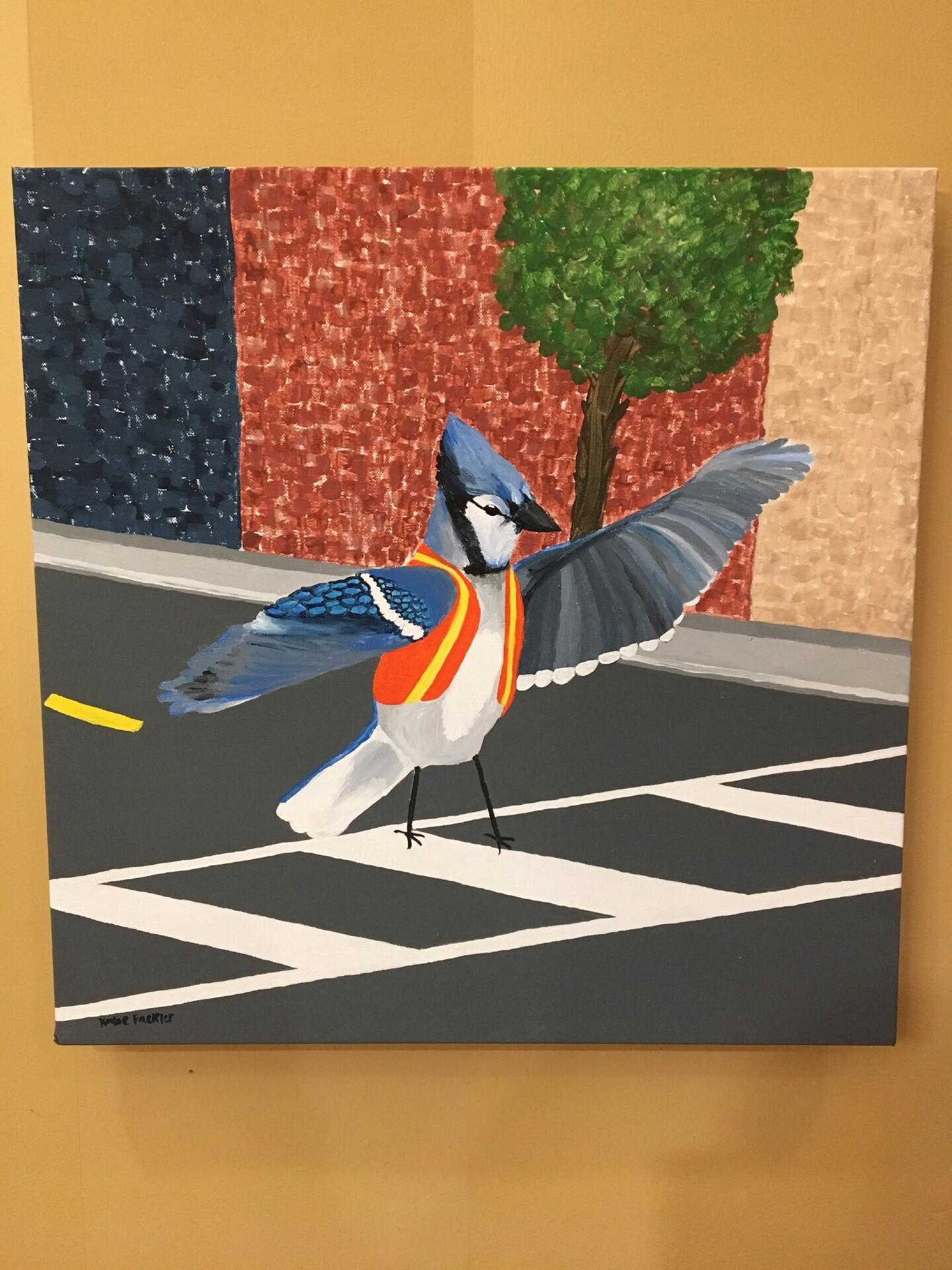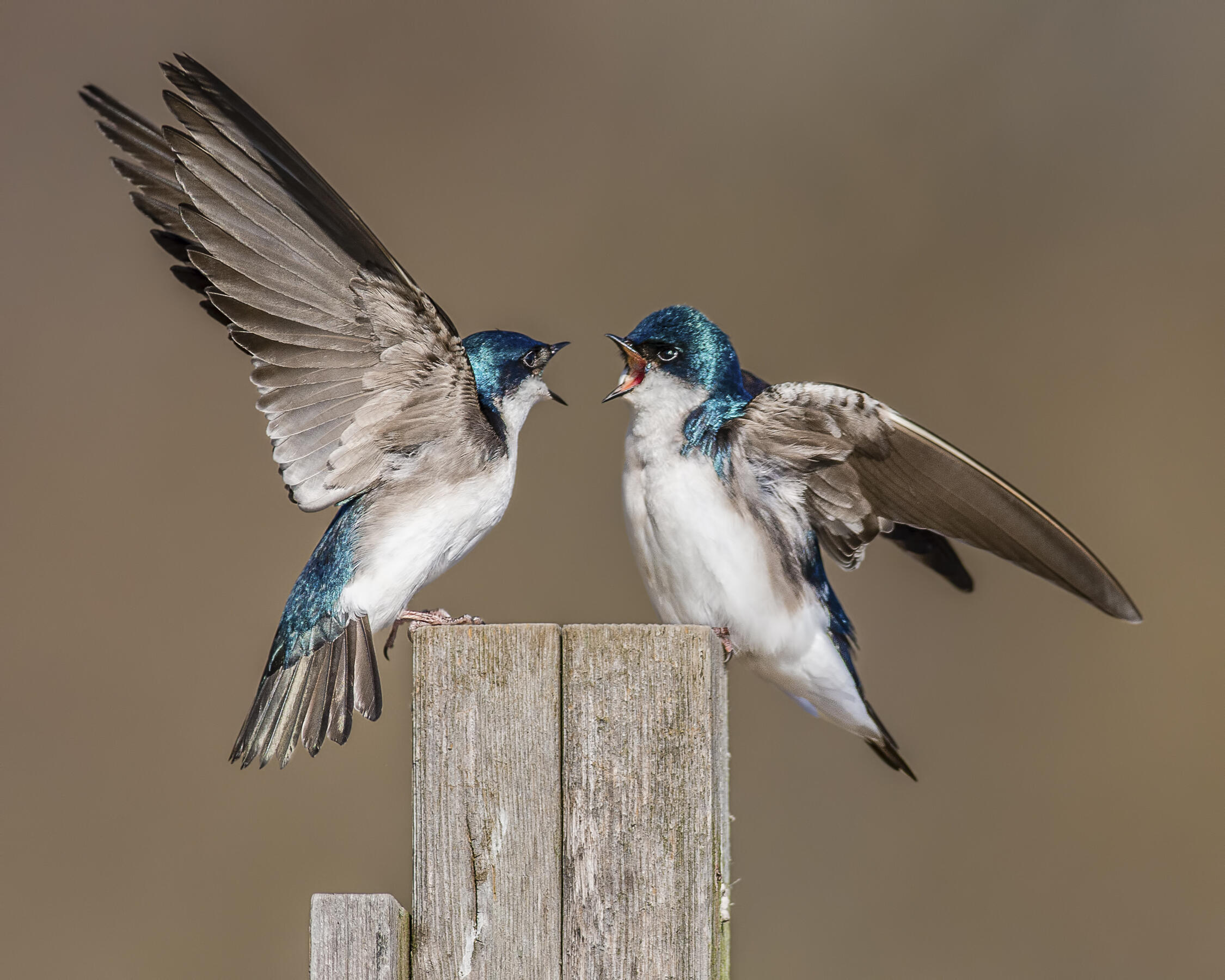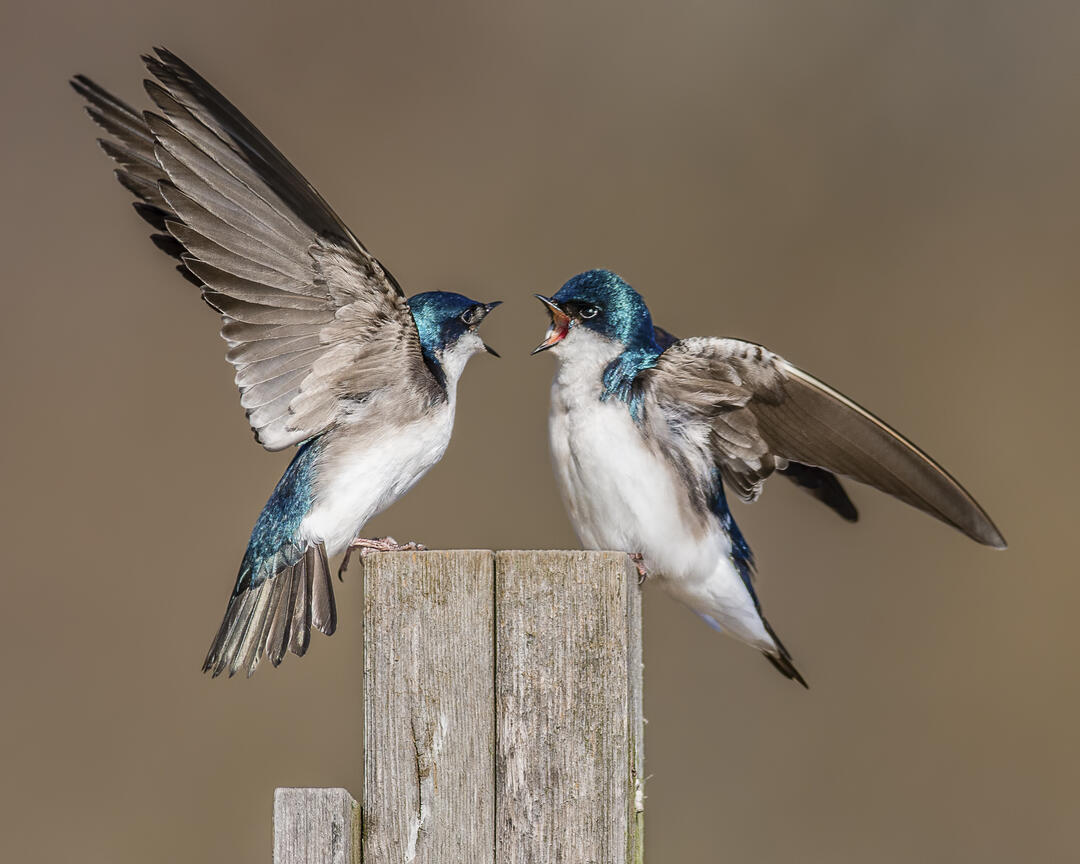Have you ever watched a bird? Of course we all look at birds from time to time but I mean really watched a bird. Have you observed its coloring, its shape, what it eats, how it treats other birds, what sounds it makes, how it moves through the air, if it has a favorite perch, if it’s secretive or outgoing, and really paid attention to our avian friends?
Thinking about all of these characteristics help us to understand more about the different types of birds and recognize the diversity among the avian community, not just in terms of species and colors, but attitudes and relationships.
In reality, bird society is not all that different than human society. You’ve got your bubbly birds and shy birds, your loud and quiet voices, your plump and slender bodies, a diversity of skill sets, preferences and personalities. Some birds are highly territorial while others are gregarious, thriving in flocks of the same species. Mating rituals and courtship displays vary between species, with differing levels of perceived “romance” like sharing food or touching beaks. Some fledglings are courageous and resourceful, learning about their communities with little help from the parents, and some may stay with their families for years before going off on their own.
When we draw these conclusions and go as far as describing non-human things by giving them human qualities and characteristics, it’s called anthropomorphizing, and I must admit that it is one of my favorite past times. Not only is it fun, it’s a great way to put yourself in the birds feathers, so to speak, and understand them on a deeper level and connect yourself to nature. Sometimes you can even make hypotheses about why birds do what they do by thinking about them this way. In fact, it is very scientific to make observations, hypotheses, and inferences like this. You are not silly, you are a scientist. Add it to your resume.
Not convinced? I’ll give you an example from my own experiences. When I think of a Blue Jay, what often comes to mind is a dazzling blue, rather noisy, aggressive, and quick visitor at our feeders. They fly into the peanut ring with incredible speed, often startling the other birds away, to snatch a peanut and fly away. They are clearly in charge here, bigger and more powerful than the song birds, and deeply interested in making sure everyone knows it by displaying their head crest and occasionally letting out a loud “jeer!”. While the sound is incredibly obnoxious, Blue Jays will often use this to their advantage when warning others of the presence of a predator like a coopers or sharp-shinned hawk. They have even been known to dive at and harass these predators until they leave the area.
To recap our observations, the Blue Jay is powerful, protective, and in charge. We can hypothesize that if the Blue Jay is drawing attention to itself both with its bright plumage and alarming calls, then it is quick enough or aggressive enough to not be at high risk from predation if a hawk is nearby. I would then make the inference that the Blue Jay is an authority figure in the bird world, and is respected by the community for keeping others safe. Observation + hypothesis + inference = science.
Now for my favorite part: if the Blue Jay were a person with all of these characteristics, who would they be? What would they be doing? What would they look like?
Using your imagination and don’t hold back, this is anthropomorphizing at its finest. After I’ve thoroughly built the backstory of my bird, I like to bring it to life by painting it. You could also draw it, collage it, sculpt it or even whittle it- the sky is the limit here.
To me, the Blue Jay is similar to a crossing guard in our human society. We trust them to keep us safe, they wear a flashy uniform, and they have authority over the local traffic. I decided to paint this crossing guard Blue Jay for my brother, who he lovingly calls Barry.

The next time you watch the birds, try this anthropomorphizing activity to exercise your science skills, imagination, and artistic expression. Hopefully you get to know your avian neighbors and have a new conversation piece for your home or a gift for a loved one. Share your creations on Instagram or Facebook and tag Audubon Vermont, we’d love to see what you discover and create!






